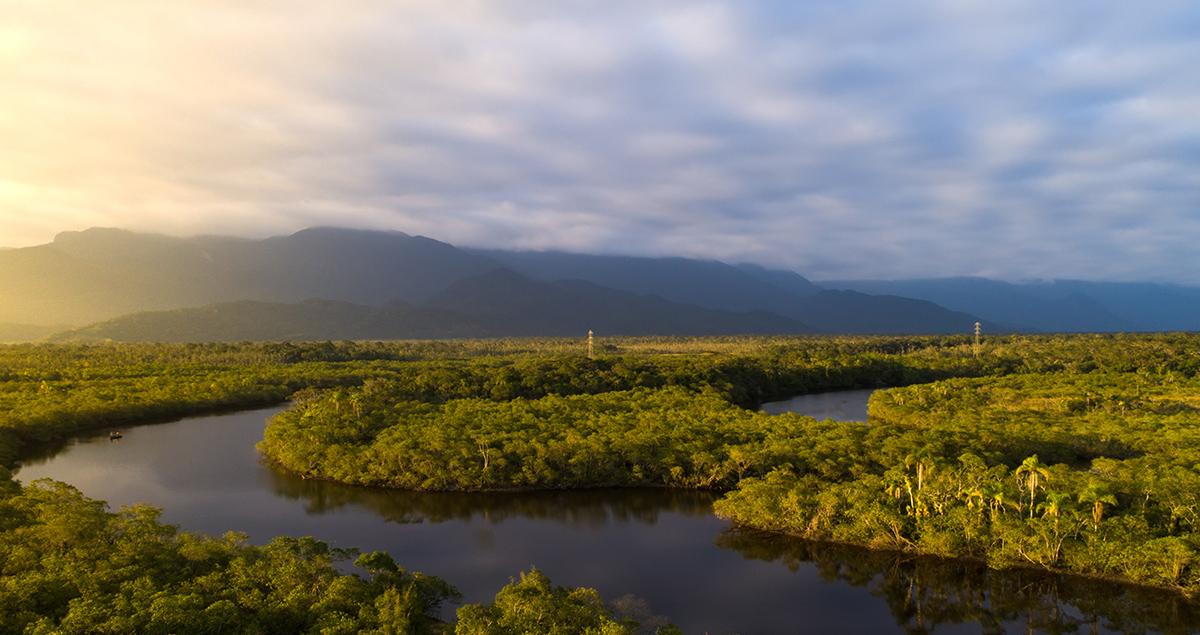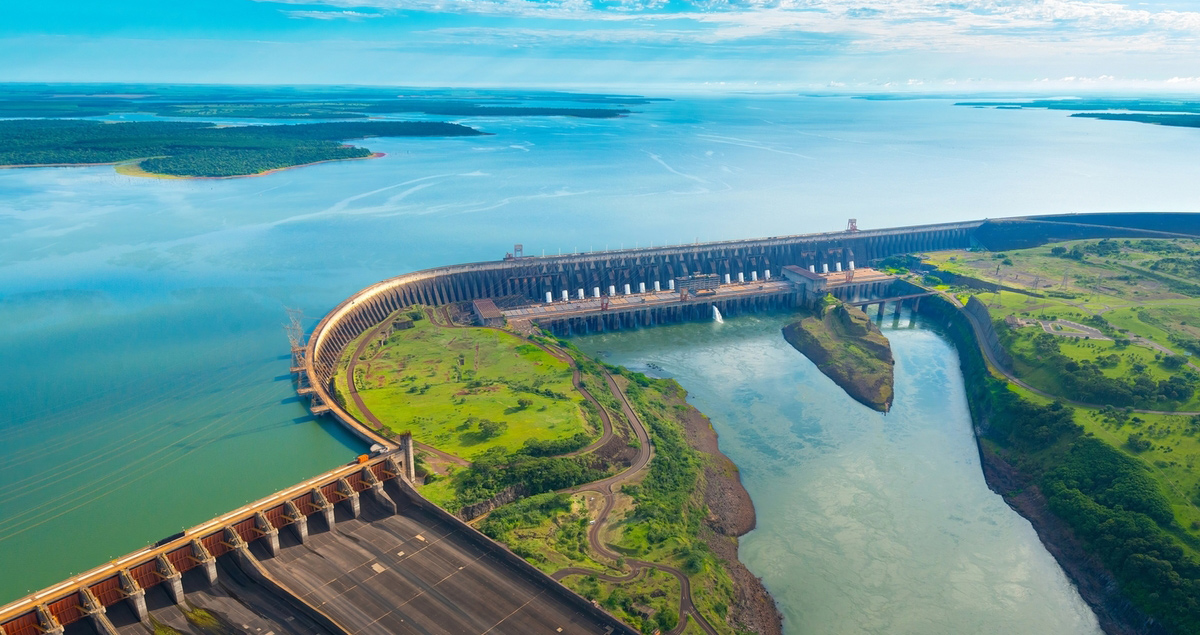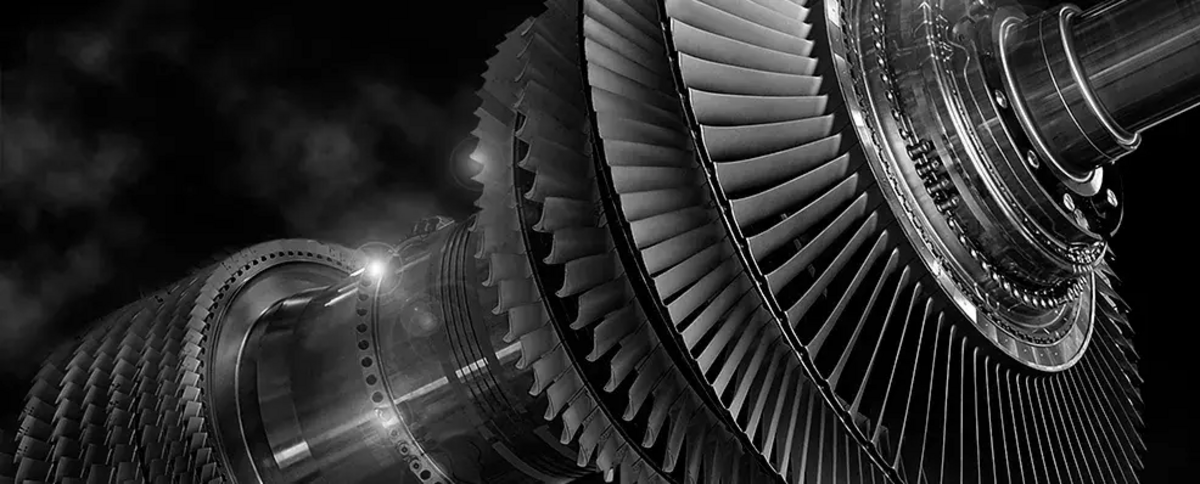Beyond hydropower: Brazil’s net zero future

With an abundance of powerful rivers including the Amazon, the world’s greatest by flow rate, it’s little surprise Brazil is a hydropower superpower.
Following rapid industrialization in the 1960s and 70s, the country made the energy sector central to its economy, with hydroelectric plants receiving significant investment. Today, hydropower provides about 80% of Brazil’s electricity, according to the International Energy Agency (IEA).
However, this reliance on a single resource faces challenges including drought and the distance between hydropower generation and demand centers. Deforestation, which decreases the water supply to hydropower plants, adds to the problem.
As the world’s 11th largest economy and home to more than 200 million people, the country will need to continue ensuring reliable and stable power as it moves towards a 50% reduction in emissions by 2030 and becoming climate neutral by 2050.
The road to decarbonization
Brazil’s reliance on hydropower has been tested as the world’s climate changes, including in the early 2000s, when low rainfall contributed to blackouts that resulted in rationing and other government interventions to cut electricity demand. Since then, it has worked to diversify its electricity sources, including via wind, solar and biomass.
Brazil, set to host the 2025 UN Climate Change Conference, COP 30, is making significant strides toward these decarbonization goals, according to the World Economic Forum’s latest Energy Transition Index, which tracks nations’ progress and preparedness for a sustainable energy future. Brazil ranks number 12 in the table, with all countries ranking ahead of it in Northern Europe.

To continue driving progress, national strategies include commitments to increase the range of renewables in its energy mix, develop a hydrogen strategy, expand production and use of biofuels, and guarantee energy supply and security “bearing in mind the economic, social and environmental importance for the country”.
Diversifying electrification
About a third of Brazil’s energy currently comes from oil, while renewables including hydropower supply almost 45% of the country’s primary energy consumption, meaning its energy sector is one of the least carbon-intensive in the world, according to the IEA.
Given the dominance of hydropower, Brazil’s electricity mix is also among the planet’s cleanest. But the expansion of hydropower is constrained by the fact that much of the remaining resource is in remote and environmentally sensitive areas rich in biodiversity.
To counter that, Brazil is investing in solar and wind — last year, it recorded the second-largest annual increase in wind and solar generation globally, behind China. Solar projects will represent about 70% of future additions to the mix, IEA figures suggest. Reliance on other sources including bioenergy is also growing.
Ensuring reliability
As it integrates additional renewable power capacity, Brazil faces the challenge of continuing to improve the balance of supply and demand.
The country sees regular power outages as demand growth exceeds the pace of new power supplies. And its baseload hydropower continues to be affected during periods of drought, including recently when severe drought affecting two of its largest hydropower plants forced the northern region of the country to use more thermal sources of energy.
Against this backdrop, peaker power plants — that run during periods of high electricity demand or provide reliable power generation when other sources are unavailable — will be an important part of Brazil's plan to diversify its energy sources while ensuring energy security and grid stability.

The country is currently building its largest peaking power plant in the state of Para. The Portocem Thermoelectric Power Plant, which will provide 1.6 GW of reliable power to the national grid, will run using four air-cooled gas turbines from Mitsubishi Power, a power solutions brand of Mitsubishi Heavy Industries.
The project, expected to be operational by 2026, is Mitsubishi Power’s third advanced-technology, heavy-duty gas turbine project in Brazil in five years, totaling approximately 2.6 GW of gas turbine capacity.
As Brazil continues its net zero journey, having this kind of power generation capacity ready to dispatch at times when the system needs extra reinforcement will be an important enabler of the transition.
Learn more about Mitsubishi Power's advanced gas turbines





